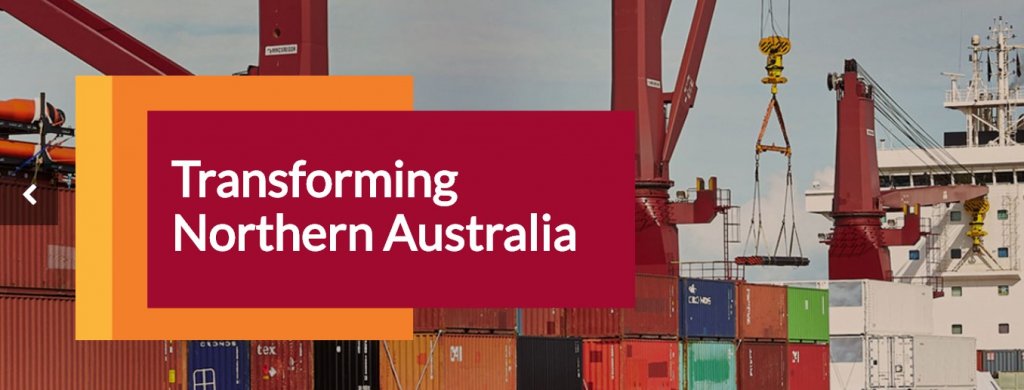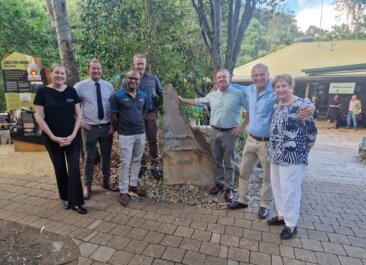Boosting investment opportunities for Northern Australia
Posted on October 7th, 2020
The Federal Government will turbo charge its investment program for northern Australia to make it easier for projects to receive funding and to generate economic development and jobs as the country emerges from the COVID-19 pandemic.
The 2020-21 Budget will include reforms to the Northern Australia Infrastructure Facility (NAIF) which will provide more flexibility, increased risk appetite and widen the scope of projects eligible for funding.
The changes are on top of July’s announcement of a five-year extension to NAIF operations until 30 June 2026 and will ensure the $5 billion facility will have more flexibility to bankroll investment in a wider range of projects across Northern Australia.
Assistant Minister for Northern Australia Michelle Landry said these reforms come off the back of the NAIF statutory review that found that while the NAIF is seen to be an important vehicle of investment in the north, more can be done.
NAIF has invested $2.4 billion in sectors including health, education, resources, energy and agriculture, supporting $4.4 billion in total project value.
The final report from the review will be tabled in Parliament soon.
There are a number of key changes being made to the NAIF:
Faster lending
o The NAIF will have the option to lend directly to project proponents in certain circumstances, which will simplify the lending process and reduce administrative burden. Currently, all NAIF loans are made through the relevant state or territory jurisdiction. While the state and territory governments remain important stakeholders for the NAIF, the ability to lend directly empowers the NAIF to move projects to contractual close faster, so projects can get on with creating jobs and developing the north.
o This change also permits the NAIF to establish on-lending partnerships with local financiers to improve access to NAIF finance for smaller project proponents. Those partners will have the expertise to work with smaller proponents to demonstrate their suitability for NAIF finance and will extend the NAIF’s reach to those smaller projects that need added assistance in these economically challenging times.
Expanding eligibility
o The NAIF was previously restricted to funding physical construction works only. The reforms will make NAIF finance available to additional elements of infrastructure construction, such as equipment purchases or leasing, training, and the expansion of existing business operations. The reforms will ensure NAIF can take a holistic approach to supporting economic growth and jobs.
o The definition of public benefit applied when assessing projects will be expanded to include consideration of factors such as jobs, regional income, and opportunities for local suppliers, Indigenous businesses and communities. This will simplify the application of public benefit tests to projects applying for NAIF finance.
o The definition of northern Australia will be extended to include the Shire of Ngaanyatjarraku in Western Australia. The Shire’s borders sit further north than those of some other local government areas already included in the definition, making the expansion a logical amendment.
Increased risk appetite
o The NAIF was established to fill a market gap and address the specific risk characteristics of northern Australia. Given the scale of the economic challenge we face, it is only practical to provide the NAIF the flexibility to support riskier projects with the potential to deliver significant public benefit. The changes include removing the prohibition against the Commonwealth assuming the majority of risk in any project.
Strengthening governance
o A number of changes will also be made to strengthen the governance of the NAIF as it evolves with these reforms. These will include the appointment of a Government representative to the NAIF Board; ensuring the board includes members with experience in Indigenous development; and allowing the Minister to take earlier decisions not to reject a NAIF investment decision.
The Australian Government will soon introduce legislation to Parliament to give effect to these reforms.
The changes also ensure another statutory review of NAIF after June 2024.







